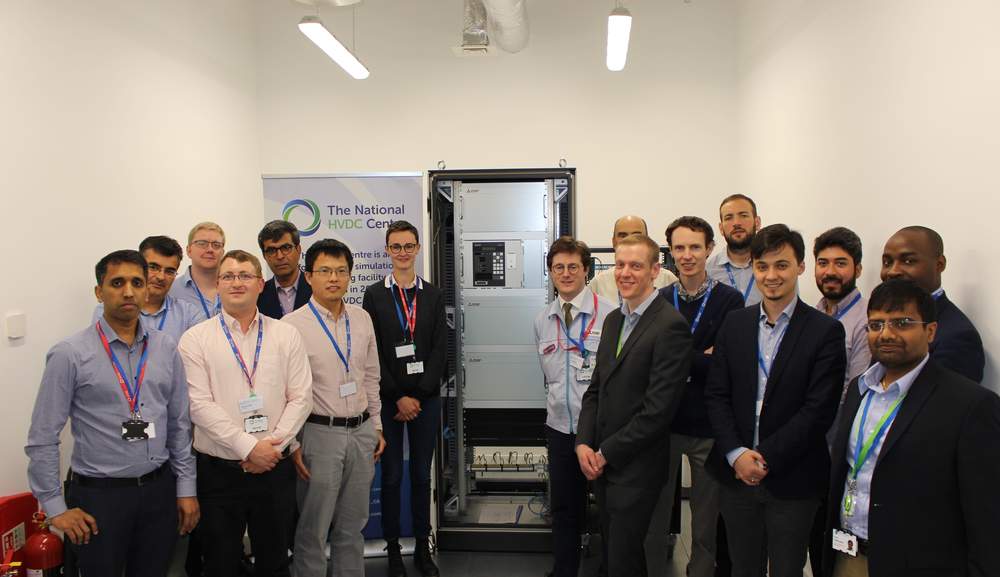High Voltage Direct Current (HVDC) offshore grids based on voltage source converters are a key technology for integrating renewable energy generation and interconnecting different electricity networks. DC-side protection has been an ongoing challenge for the realisation of multi-terminal HVDC grids, and even given full-scale developments that are under development, there are still open questions regarding implementation and Technology Readiness Level (TRL) for implementation in a European system. From the technology perspective, HVDC circuit breakers (DCCBs) and HVDC protection intelligent electronic devices (IEDs) – two main building blocks for high performance DC-side protection – continue to be developed and tested by industry. Protection IEDs, equipment to execute protection algorithms in a power system, are not commercially available for application to multi-terminal HVDC systems - although future systems will require such devices for fast fault discrimination. HVDC IEDs, along with other protection system components, are under industrial development and testing is required to increase confidence before use in a real system. Functional testing (unit testing) of the protection IED has been performed in isolation within WP4 by KU Leuven, testing of operation within the overall protection system was yet to be demonstrated.
On 22nd August 2019, The National HVDC Centre in UK has led the demonstration of how multi-terminal HVDC Grids can be protected. For the demonstration, they used a partially selective protection strategy for multi-terminal VSC-HVDC systems with a simulated industrial case study network. In order to increase confidence that such a protection strategy would be suitable for implementation in a future network, hardware implementations of prototype protection IEDs were successfully integrated into a realistic multi-terminal HVDC system to allow for testing of a partially selective protection scheme. This was achieved by building on the work through the PROMOTioN project; real-time DCCB models from Work Package 6 were combined with the protection schemes and hardware prototypes developed in Work Package 4. The testing shows that the prototype IEDs can be used to reliably and securely identify faults in the test system and subsequently open the DCCB.
Beyond this event, further testing will be undertaken to assess the performance of the protection system and to investigate the interoperability of the different components. This will culminate in a public demonstration event next year at The National HVDC Centre.
The corresponding press release can be downloaded below.

